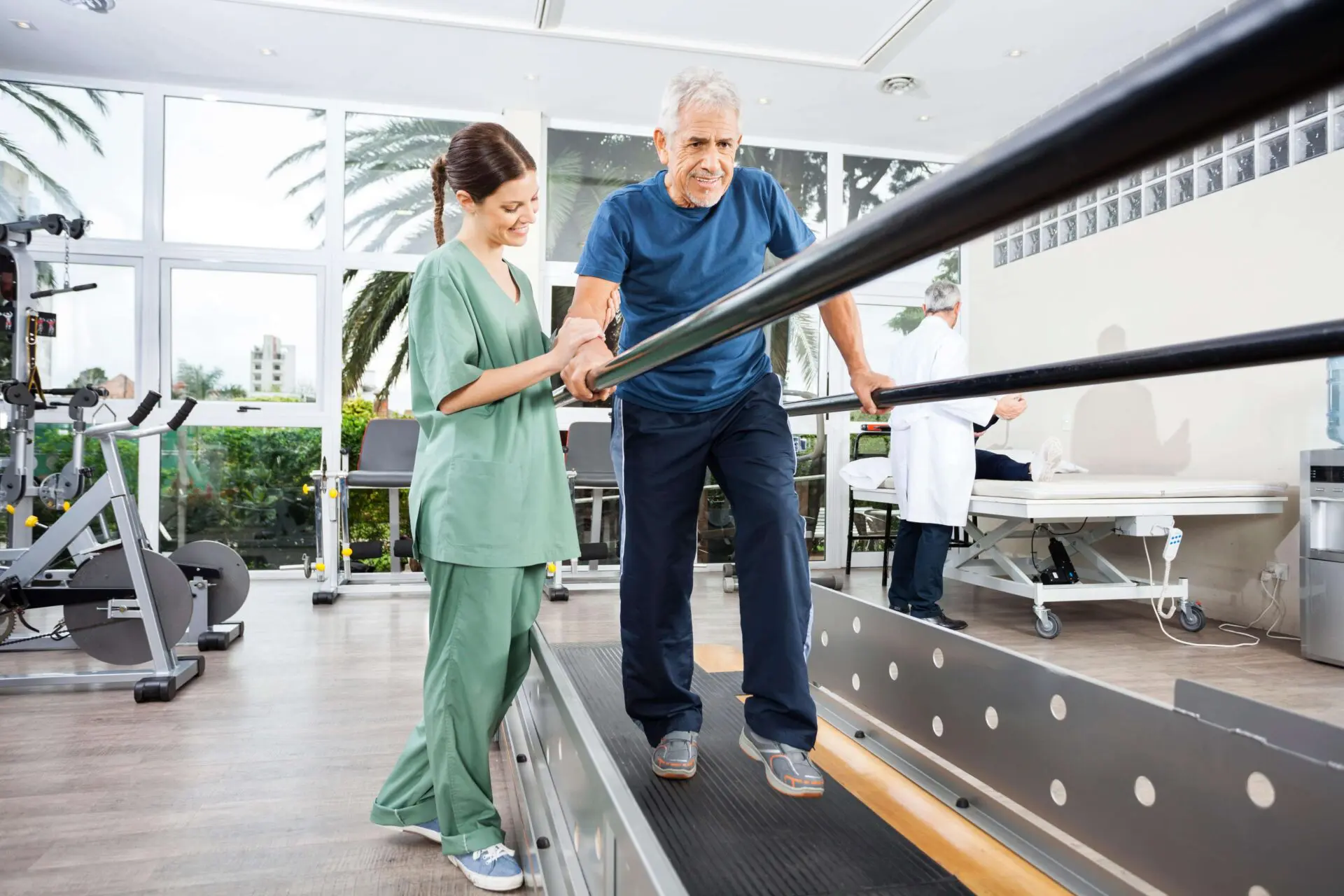Dementia Fall Risk Fundamentals Explained
Dementia Fall Risk Fundamentals Explained
Blog Article
All About Dementia Fall Risk
Table of ContentsThe Best Guide To Dementia Fall RiskGetting My Dementia Fall Risk To WorkThe Facts About Dementia Fall Risk RevealedTop Guidelines Of Dementia Fall RiskSome Known Details About Dementia Fall Risk
The FRAT has 3 sections: fall risk standing, danger aspect checklist, and action strategy. An Autumn Risk Status consists of information regarding history of current drops, medications, psychological and cognitive standing of the individual - Dementia Fall Risk.If the client scores on a threat aspect, the matching number of factors are counted to the individual's fall threat rating in the box to the much ideal. If a client's loss danger score amounts to five or greater, the person goes to high risk for drops. If the client ratings only 4 points or reduced, they are still at some danger of dropping, and the nurse needs to use their ideal medical assessment to handle all loss danger factors as part of a holistic care strategy.
These typical techniques, in basic, help develop a risk-free setting that decreases unintended falls and marks core preventative actions for all patients. Signs are vital for patients in jeopardy for falls. Doctor need to acknowledge who has the condition, for they are accountable for executing actions to advertise person safety and stop falls.
A Biased View of Dementia Fall Risk
Wristbands must consist of the individual's last and very first name, date of birth, and NHS number in the UK. Only red color ought to be made use of to indicate unique person status.
Things that are too much might require the individual to reach out or ambulate needlessly and can possibly be a danger or add to drops. Assists protect against the individual from going out of bed with no aid. Registered nurses react to fallers' phone call lights faster than they do to lights started by non-fallers.
Visual disability can considerably trigger drops. Maintaining the beds closer to the flooring decreases the threat of falls and severe injury. Positioning the bed mattress on the flooring significantly reduces fall danger in some healthcare setups.
Our Dementia Fall Risk Statements
Patients that are high and with weak leg muscular tissues that try to sit on the bed from a standing setting are likely to fall onto the bed due to the fact that it's also reduced for them to lower themselves securely. If a high patient efforts to get up from a reduced bed try here without support, the individual is most likely to drop back down onto the bed or miss the bed and drop onto the flooring.
They're created to promote prompt rescue, not to protect against falls from bed. Aside from bed alarms, boosted supervision for risky patients likewise may help avoid drops.

Individuals with a shuffling stride boost loss possibilities drastically. To reduce autumn risk, footwear should be with a little to no heel, slim soles with slip-resistant tread, and sustain the ankles. Encourage patient to make use of nonskid socks to avoid the feet from gliding upon standing. Urge clients to put on appropriate, well-fitting shoesnot nonskid socks for ambulation.
Excitement About Dementia Fall Risk
Individuals, specifically older grownups, have actually lowered aesthetic ability. Lighting an unfamiliar environment helps increase visibility if the patient should stand up during the night. In a study, homes with sufficient lights record less drops (Ramulu et al., 2021). Enhancement in illumination in your home may decrease fall rates in older grownups (Dementia Fall Risk). Making use of stride belts by all health and wellness care suppliers can advertise security when assisting patients with transfers from bed to chair.

Caretakers work for ensuring a protected, protected, and secure atmosphere. Studies showed very low-certainty proof that caretakers decrease loss danger in acute treatment hospitals and just moderate-certainty that alternatives like video clip monitoring can lower sitter usage without increasing autumn risk, suggesting that caretakers are not as helpful as originally believed (Greely et al., 2020).
The 7-Minute Rule for Dementia Fall Risk

Raised physical conditioning decreases the threat for drops and limits injury that is suffered when autumn takes place. Land and water-based workout programs might be similarly useful on equilibrium and stride and therefore reduce the risk for falls. Water exercise may contribute a that site positive benefit on equilibrium and stride for females 65 years and older.
Chair Surge Workout is a simple sit-to-stand exercise that helps strengthen the muscles in the thighs and buttocks and improves movement and self-reliance. The objective is to do Chair Increase exercises without utilizing hands as the client ends up being stronger. See resources section for a comprehensive direction on exactly how to carry out Chair Increase exercise.
Report this page